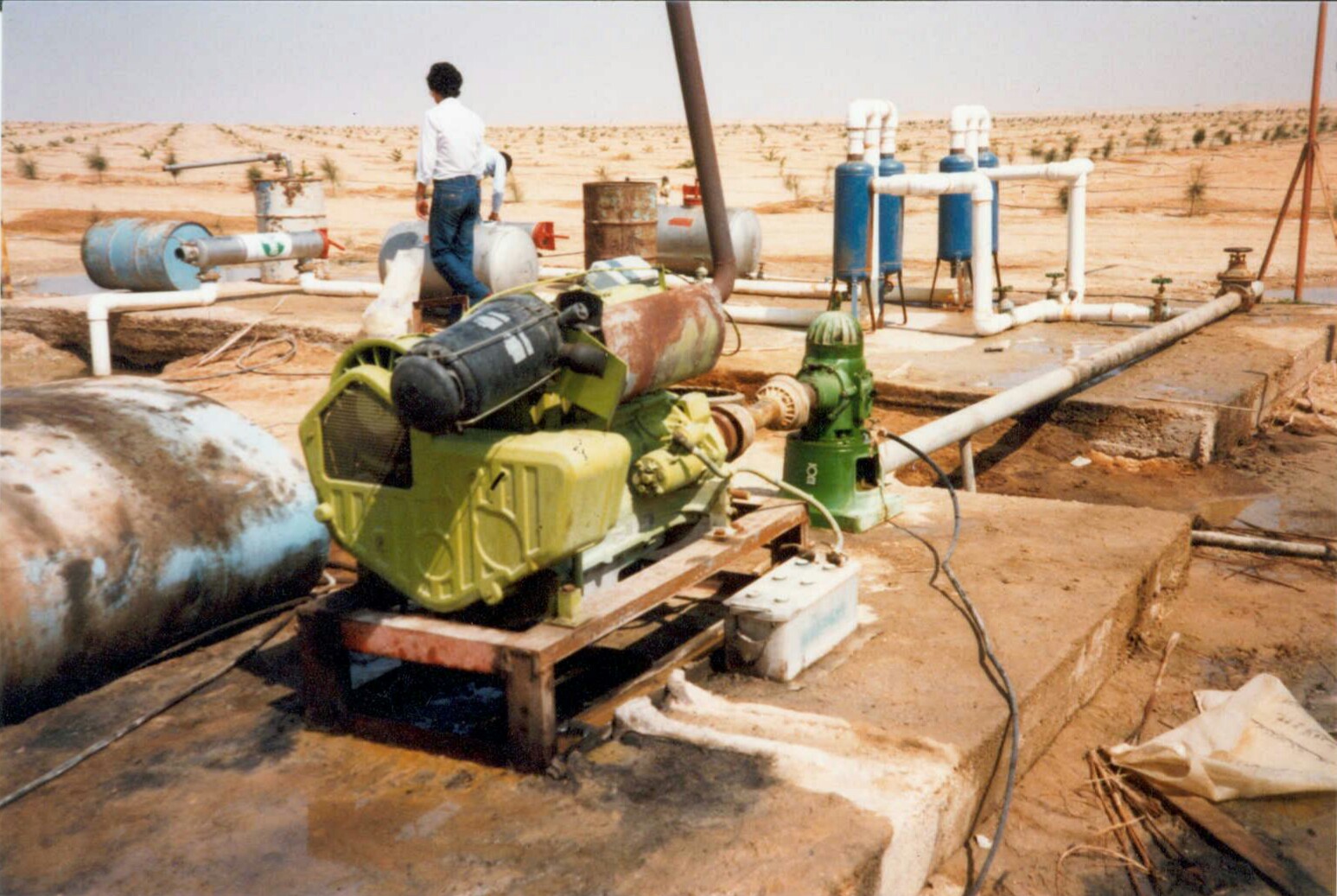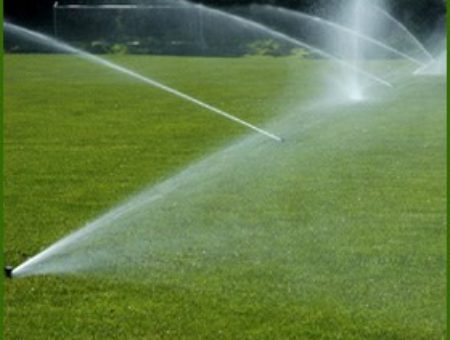Drip Irrigation
Drip irrigation is sometimes called trickle irrigation and involves dripping water onto the soil at very low rates (2-20 litres/hour) from a system of small diameter plastic pipes fitted with outlets called emitters or drippers. Water is applied close to plants so that only part of the soil in which the roots grow is wetted, unlike surface and sprinkler irrigation, which involves wetting the whole soil profile. With drip irrigation water, applications are more frequent (usually every 1-3 days) than with other methods and this provides a very favourable high moisture level in the soil in which plants can flourish.




Sprinkler Irrigation
Sprinkler irrigation is a method of applying irrigation water which is similar to natural rainfall. Water is distributed through a system of pipes usually by pumping. It is then sprayed into the air through sprinklers so that it breaks up into small water drops which fall to the ground. The pump supply system, sprinklers and operating conditions must be designed to enable a uniform application of water.



Water Management
In many countries, water scarcity represents a critical constraint to food production and a major cause of poverty and hunger. Improved water management holds the key to producing enough food to alleviate the suffering of today and feed an additional 3 000 million people by the year 2030 (Estimation of population for 2016 is 7.4 Billion). Poorly managed irrigation contributes to water shortages and pollution, land degradation and the spread of waterborne diseases.
In many regions, water is being pumped out of the ground for irrigation faster than it can be replenished. Much of this water is wasted. As much as 60 percent of the water withdrawn for irrigation often does not reach the crop. It is lost through canal leakage, spillage, infiltration and unproductive evaporation, although some of this water reaches the river or groundwater, allowing it to be used by others downstream.
